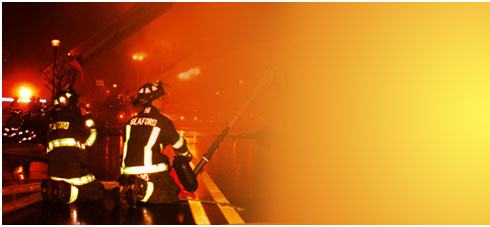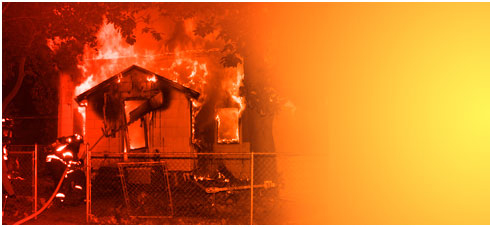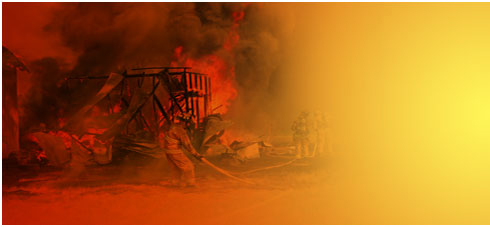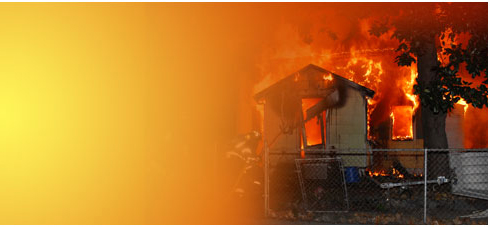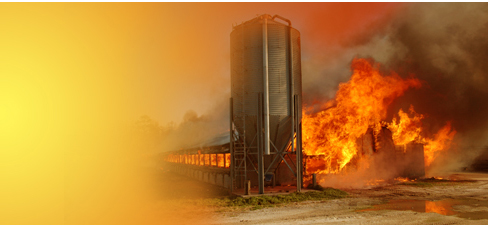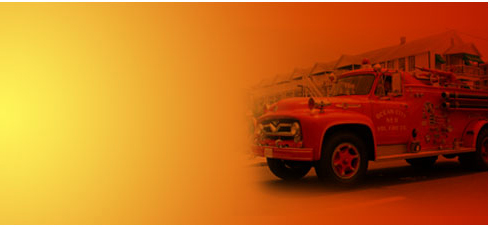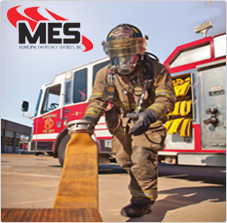Maryland State Police Trooper-4, New Agusta Westland 139 (AW-139) Helicopter
The Maryland State Police (MSP) Aviation Command has begun the process of integrating its new fleet of 10 AgustaWestland AW139s into operations, beginning at its Frederick Section or district. MSP has seven sections or bases throughout the state currently served by an aging fleet of 11 Eurocopter Dauphins. MSPaviation provides medevac and aerial law enforcement support throughout the state and in the national capital region. That includes intercepting and identifying errant aircraft that fly unannounced near or into the national Air Defense Identification Zone (ADIZ) around Washington, D.C. Last year MSP aviation flew 7,500 missions; 2,300 of those were largely scene-work medevac lifts.
MSP does not fly patrol missions; the helicopters are dispatched as required. Several local jurisdictions within Maryland maintain their own helicopter units for dedicated law-enforcement missions, including patrol. They include Baltimore City and the counties of Anne Arundel, Baltimore, Howard and Prince George’s.
License plate fees for the state EMS fund support the Maryland State Police aviation unit. Those fees are going up this year by $3.50 per license, in part, to pay for the increased cost of the AW139s and their larger crews.
“Every eight or nine years an adjustment has to be made [to the EMS fund],” said Lt. Patrick King, a MSP flight paramedic and commander of the unit’s support operations. “Our pilot salaries are tied to that legislation. The [state] EMS system as a whole needed this [funding] boost. We are fortunate to have the support of the general public and the general assembly. We are mindful of it and appreciate it.”
MSP intends to operate the new helicopters dual-pilot to Part 135 standards. (It operates the Dauphins as single-pilot flights.) That means the department will need to hire 20 more pilots to join the 50 already on staff and develop second-in-command training and standards.
“We are in phase one of our transition and that is getting all our instructor pilots up to speed,” said MSP designated pilot examiner, senior trooper Mike DeRuggiero, who also serves as the department’s safety management officer. MSP’s current pilot roster attended AgustaWestland’s factory school last year but, because of delivery delays, they need a training tune-up and additional training in the actual aircraft as equipped toMSP’s specifications. Total transition training includes 22 hours in the simulator and a three-hour check ride followed by 30 hours of additional training in aircraft practicing various missions such as hoisting, law enforcement and medevac, DeRuggiero said. “We want to hire all our new pilots as SICs [seconds-in-command] and then have a progression list for them to become PICs [pilots-in-command].”
Integrating the AW139s into the fleet could take as long as 24 months as the MSPmaintains operations with its legacy aircraft during the transition. “We are taking the first section [training] slowly, and that will drive how fast our other sections take it up,” DeRuggiero said.
MSP-specified Multi-mission Configuration
The multi-mission configuration of MSP’s AW139s includes a multi-system tactical work station aft of the pilot positions. From there, an operator can work the MX15 forward-looking infrared (Flir) camera, tailfin camera, radio suite, mapping program and Trakka searchlight or any combination thereof. The operator can call up a destination on the mapping program and send the coordinates directly to the aircraft’s flight management system, King said.
The MSP is particularly proud of the new Trakka lights on the aircraft and the certification hurdles surmounted to gain their approval and installation, King said.
“We are the first Trakka customer for AgustaWestland. The Dauphins we fly now have the Spectrolab SX-16. When we set out to spec this aircraft we discovered there were limitations on the use of that light, particularly its ability to shine off to the right of the [AW139]. Due to the way the light was certified, travel to the right is limited because the light’s heat would burn the helicopter’s external paint. From our standpoint that was unacceptable. You’re flying the aircraft from the right [seat] and you are flying in right-hand orbits. So we went to Fairfax [County], Virginia police and flew in their 407, which has a Trakka light. We just fell in love with the light. So we asked AgustaWestland to get it certified for the AW139. It was a lengthy approval process,” King said. “What we have now is a light that goes 360 degrees around the aircraft. There are no speed restrictions on changing the lenses as there are on other lights. We are pleased so far with the light and it actually slaves to the infrared camera; with one control you can move both at the same time.”
MSP’s AW139s are also equipped with hoists, fast-roping bars for tactical insertions and a custom Aerolite medical interior that features a modular medical floor with overboard drains, two multifunction displays, a warmer for IV fluids and oxygen and suction both forward and aft. The floor tracking can accommodate a neonatal isolette and allows for seats and stretcher to be changed out quickly for special tactical cargo, such as the state’s bomb-sniffing robot. A floor kit can be used to secure a second patient.
“Medevac is really the bulk of what we do,” said King. “And this interior gives us the latest medical technology.”
Story credit to AIN Online
